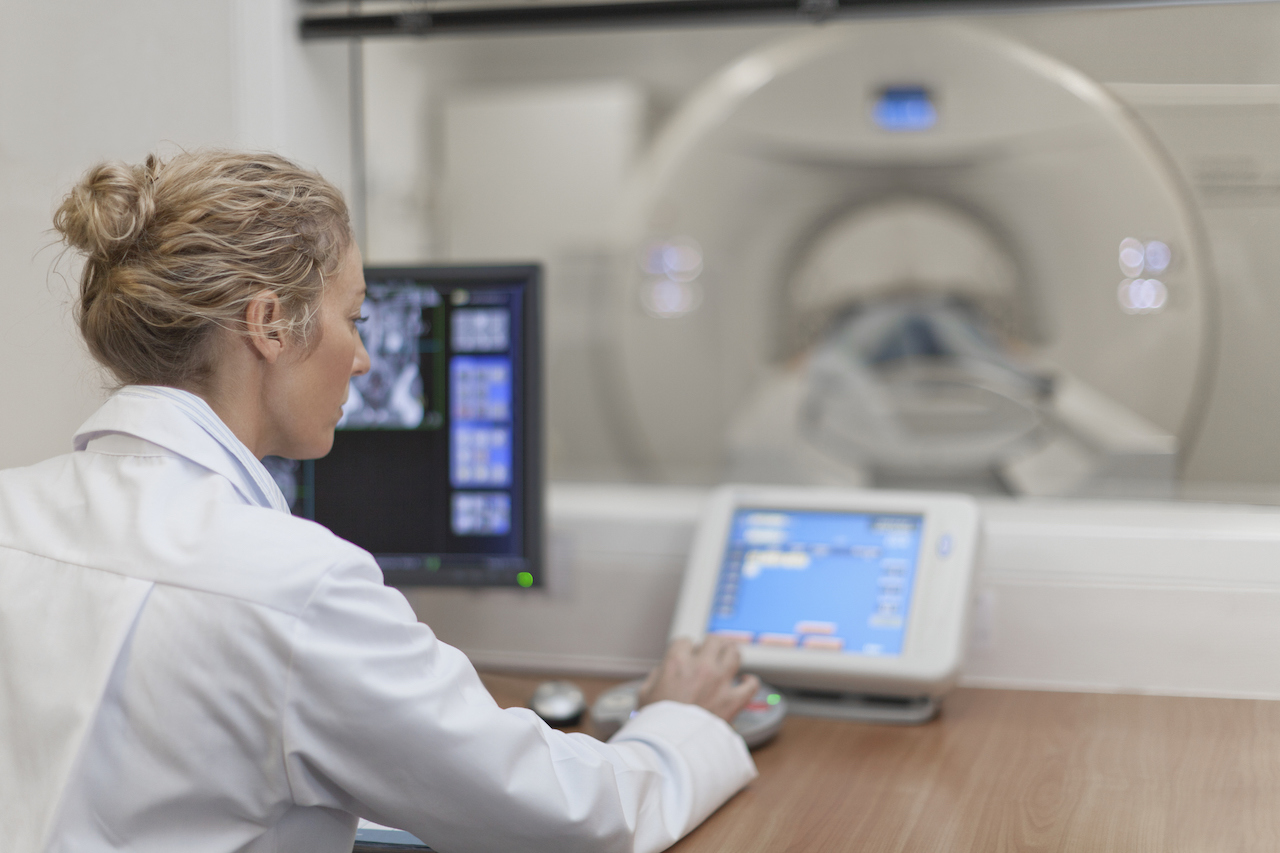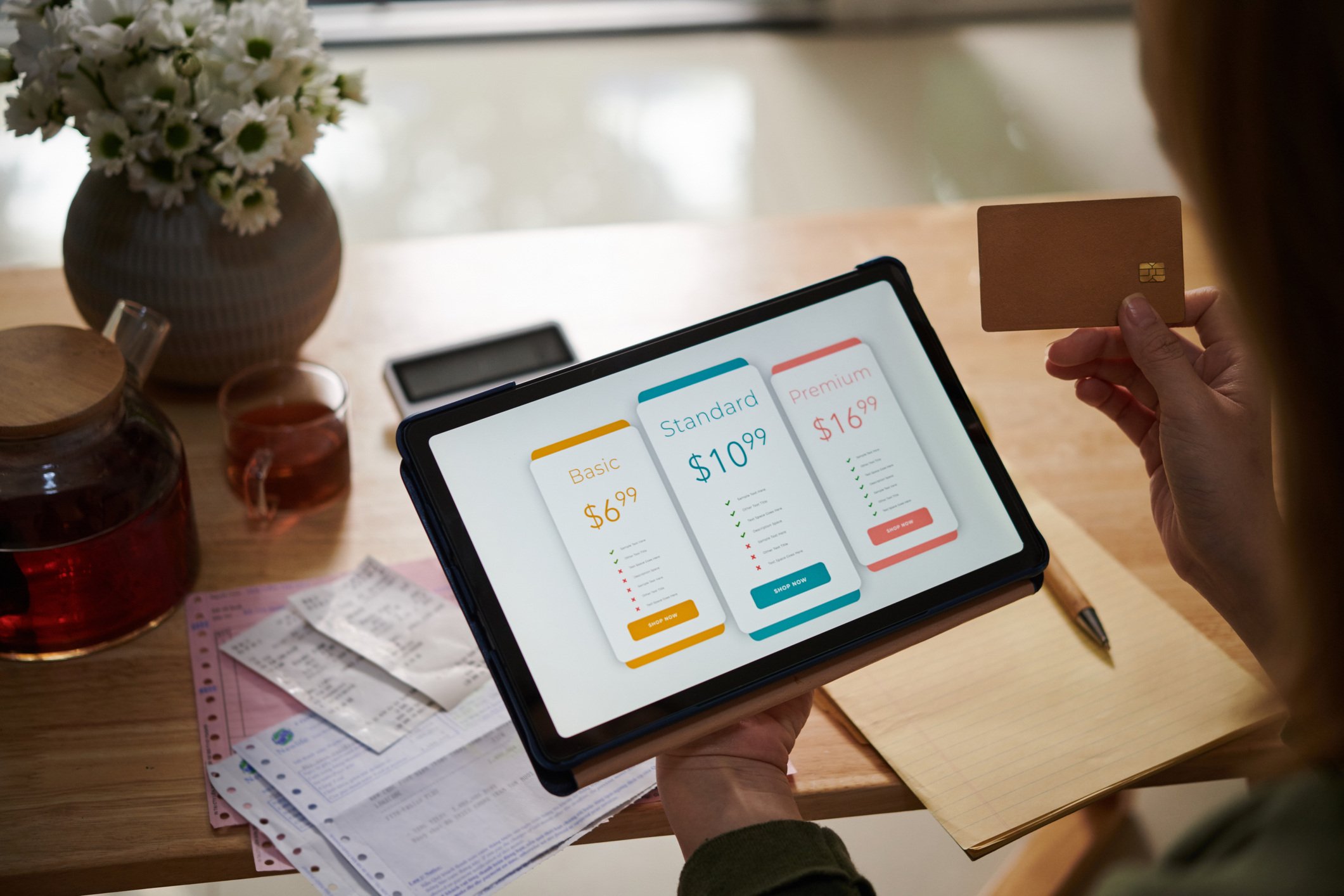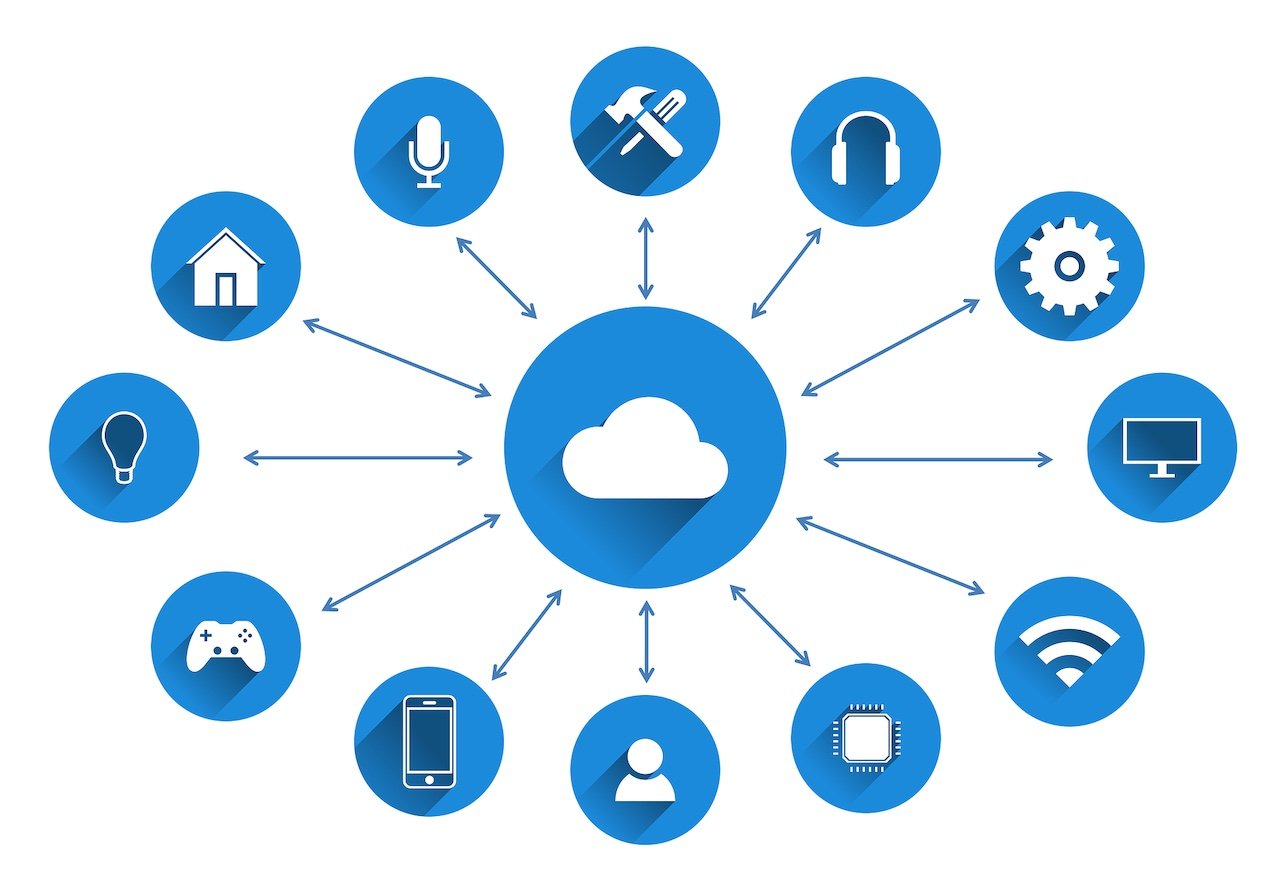
- April 2025 (2)
- March 2025 (2)
- February 2025 (1)
- December 2024 (2)
- November 2024 (2)
- August 2024 (2)
- June 2024 (3)
- May 2024 (3)
- April 2024 (1)
- March 2024 (3)
- February 2024 (2)
- January 2024 (2)
- December 2023 (1)
- November 2023 (2)
- October 2023 (2)
- September 2023 (1)
- August 2023 (1)
- July 2023 (2)
- June 2023 (3)
- May 2023 (2)
- April 2023 (1)
- March 2023 (4)
- February 2023 (1)
- January 2023 (2)
- November 2022 (2)
- September 2022 (1)
- August 2022 (2)
- July 2022 (2)
- June 2022 (2)
- May 2022 (1)
- April 2022 (3)
- March 2022 (1)
- February 2022 (3)
- January 2022 (2)
- December 2021 (1)
- November 2021 (1)
- October 2021 (2)
- September 2021 (3)
- August 2021 (1)
- July 2021 (4)
- June 2021 (1)
- May 2021 (2)
- April 2021 (2)
- March 2021 (2)
- February 2021 (3)
- January 2021 (3)
- December 2020 (1)
- October 2020 (1)
- August 2020 (1)
- August 2019 (1)
- January 2019 (2)
- September 2018 (5)
- June 2018 (1)
- November 2017 (1)
- September 2017 (1)
- July 2017 (1)
- May 2017 (1)
- January 2017 (1)
- October 2016 (2)
- August 2016 (1)
- July 2016 (1)
- June 2016 (1)
Subscribe by email
The Internet of Things (IoT) has driven astounding innovations and advancements in the healthcare industry. IoT is redefining how and where care is provided, quality of care, and the patient experience. According to a Forbes article, an estimated 646 million IoT devices would be used by healthcare providers and consumers in 2020, and that number is expected to grow exponentially. Here’s what you should know about IoT in healthcare and what we are looking forward to in the future.
What is IoT in Healthcare?
IoT in healthcare is a term that describes how “smart” devices are linked to the Internet and/or to other devices to share data that enables the automation of tasks. In healthcare settings, IoT includes bedside monitors, smartwatches and fitness trackers, implanted medical devices, and any other device that transmits or receives a signal containing health or medical data. IoT in healthcare is improving how we live, expanding how medical professionals can leverage data to treat patients and improve outcomes, and changing how healthcare companies like hospitals and insurance companies operate.
What are the Benefits of IoT in Healthcare?
The data supplied by IoT devices, and more specifically, the analysis and usage of the insights resulting from the data, are transformational. The benefits that the healthcare industry is seeing from IoT are wide-ranging. Here are just a few of them.
Cost Reduction — The use of IoT connectivity can help hospitals and healthcare providers pinpoint areas of waste for cost reduction.
Error Reduction — Because IoT software automates many manual processes, there is less opportunity for human error.
Improved Patient Experience — Long-range IoT connectivity makes it easier for patients to be more engaged in their treatment no matter where they are, and healthcare providers have better access to all relevant patient data. Better patient experience
Reduced Hospital Admissions and Readmissions — With an always-on IoT connection, patient monitoring can be done in real-time, allowing healthcare providers to track how patients are doing and identify problems before they require hospitalization.
Faster Disease Diagnosis — The ability of IoT devices to gather more data points on a regular basis enables providers to make more accurate diagnoses, in some cases before serious symptoms present themselves.
Better Drug and Equipment Management — IoT makes drug and equipment tracking simple, allowing providers to save time spent looking for what they need. Learn more about the opportunities available with drug and equipment management: Taking Medical Asset Tracking to the Next Level With RTLS.
10 of the Best Examples of IoT in Healthcare
There are many exciting examples of IoT in healthcare, ranging from consumer applications to hospital use cases. Here are ten of the best examples we’ve seen of how IoT is being used in healthcare today.
1. Patient Management of Asthma and COPD
Consumers can better manage their asthma and COPD symptoms with connected inhalers that remind them when they are due for treatment. A number of companies offer connected inhalers including Teva Pharmaceuticals, with its ProAir Digihaler, and Propeller Health (working with Glaxo SmithKline and Boehringer Ingelheim), which creates sensors people can attach to their inhalers.
2. Improved Regulation of Diabetes
Patients can also regulate their diabetes with automated insulin delivery systems. They monitor blood sugar levels and deliver a steady stream of insulin to diabetics as needed. These devices also allow for manual dosing as well. There are many new biotech companies bringing new ones to market, and Abbott and Medtronic offer them as part of their extensive diabetes support.
3. Medication compliance
Medication compliance is often an issue, and can result in costly readmissions when patients don’t follow their prescribed regimens. Thanks to IoT, people can even be sure they take their medication when needed through devices like the PharmRight automated medication dispenser, a Zipit customer.
4. Patient Health Monitoring
Wearable devices help people to monitor health and medical conditions with real-time data. This monitoring has proven incredibly beneficial for many conditions, including Parkinson’s, mental health issues, and heart conditions.
5. Provider Monitoring of Patients
The same wearable devices that help patients monitor their vitals also can help healthcare professionals monitor their patients without requiring them to come to a physical location. These devices also enable doctors to be proactive with treatment. And by keeping people home and out of the hospital, these healthcare IoT devices free beds for more critical patients.
6. Elder Care and Independence
IoT can also enable the elderly to maintain their independence for longer with remote monitoring. There are use cases for helping with incontinence, requesting help in an emergency, and fall detection.
7. Maintaining Cleanliness Standards
IoT can be used to trigger reminders for appropriate sanitary procedures when staff enter hospital rooms, helping to reduce infection rates. IoT can also provide specific and tailored reminders if certain cleaning protocols are required based on a patient’s needs.
8. Ingestible Sensors
Doctors can avoid invasive probes of a person’s intestinal tract for some medical procedures. Ingestible devices free up time and offer convenience and comfort for the patient.
9. Robotic Surgeries
Using IoT, surgeons can perform complex procedures with robotic surgeries. These assisted surgeries tend to have smaller incisions, less pain, and a faster healing time for patients. And for hospitals, they enable shorter hospital stays with less recovery time.
10. First Responder Communication Stability
Allerio, another Zipit customer, is offering an in-vehicle networking solution for first responders. A portable wireless router with multiple cellular connections offers redundant communication so first responders always have internet connectivity for their devices.
These are just a sampling of the many advances in healthcare through IoT that are currently available, and we expect to see many more developments in the next few years.
The Future of IoT in Healthcare
The future of IoT in healthcare is bright. Goldman Sachs estimates healthcare IoT will save $300 billion in the near future. And by 2025, healthcare-related IoT revenues are predicted to increase to more than $135 billion. The tremendous growth in the IoT industry is not slowing down, and advances in technology will continue to drive opportunity. It will be interesting to watch as the industry evolves, and we at Zipit are really excited to be a part of it.
How Zipit is Helping Healthcare Companies Connect with IoT
Zipit offers tier-one carrier connectivity around the world from leading cellular providers. With our extensive experience in IoT, we work to enable IoT solution companies to operate in a streamlined manner, on premier networks. Healthcare-focused IoT solutions companies use our sophisticated (yet intuitive) multicarrier platform to manage connections to their devices, billing, and more.
Want to know more about Zipit’s robust yet intuitive IoT platform? Contact us to discuss your company's unique needs. We’re happy to offer insights based on our industry experience.
You might also like:
Related Content
The latest IoT insights and platform updates from Zipit.
IoT enables OEMs to transform devices into solutions, delivering ongoing value and...
Deploying an IoT solution brings significant value to businesses, but it also intr...
IoT projects incur many different production and operating costs through product d...



